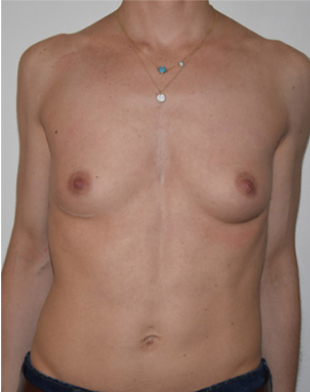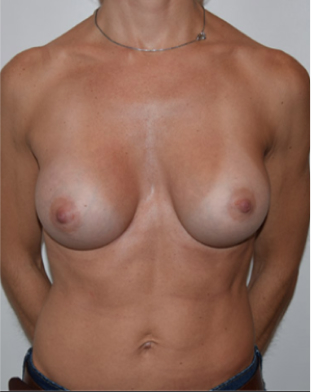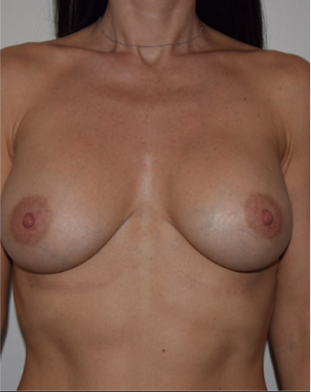Breast Augmentation
A woman’s femininity is expressed in her smile, attitude, and demeanor, but it also manifests in her body. Full, rounded, and well-positioned breasts are one of the greatest symbols of womanhood, yet not everyone is lucky enough to have been born with these attributes.
Surgical enhancement with implants can help achieve a more attractive breast shape and size. Often, a woman who starts with full breasts will lose volume during breastfeeding and pregnancy or as part of the natural aging process. Other women require implants as part of the reconstructive process after breast cancer.
Breast augmentation is one of the most popular procedures Dr. Rapaport performs at his New York plastic surgery facility. This procedure is consistently one of the top cosmetic plastic surgery procedures performed by American Society of Plastic Surgeons members. David P. Rapaport, a board-certified plastic surgeon, is a world-recognized expert specializing in breast augmentation and breast implant revision for women with previous breast surgery.
*Individual results may vary.
Learn More About Breast Augmentation
Take the Next Step
Every patient’s transformation journey at Rapaport Plastic Surgery begins with a detailed consultation with Dr. Rapaport. To learn more about breast augmentation and determine if it’s the right choice for you, fill out the form below or call us at (212) 249-9955 to schedule an appointment. Our team is dedicated to providing the best plastic surgery NYC has to offer.
Ready to book a consultation or treatment? Just click the Book Now button below to schedule online.




